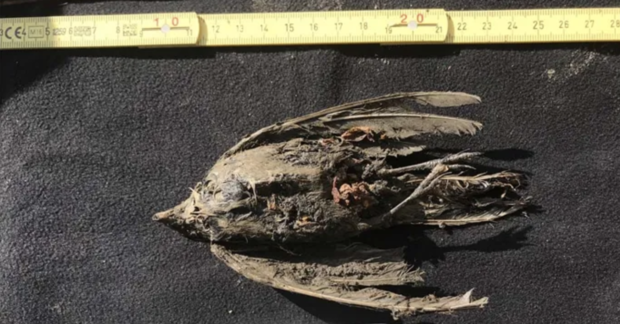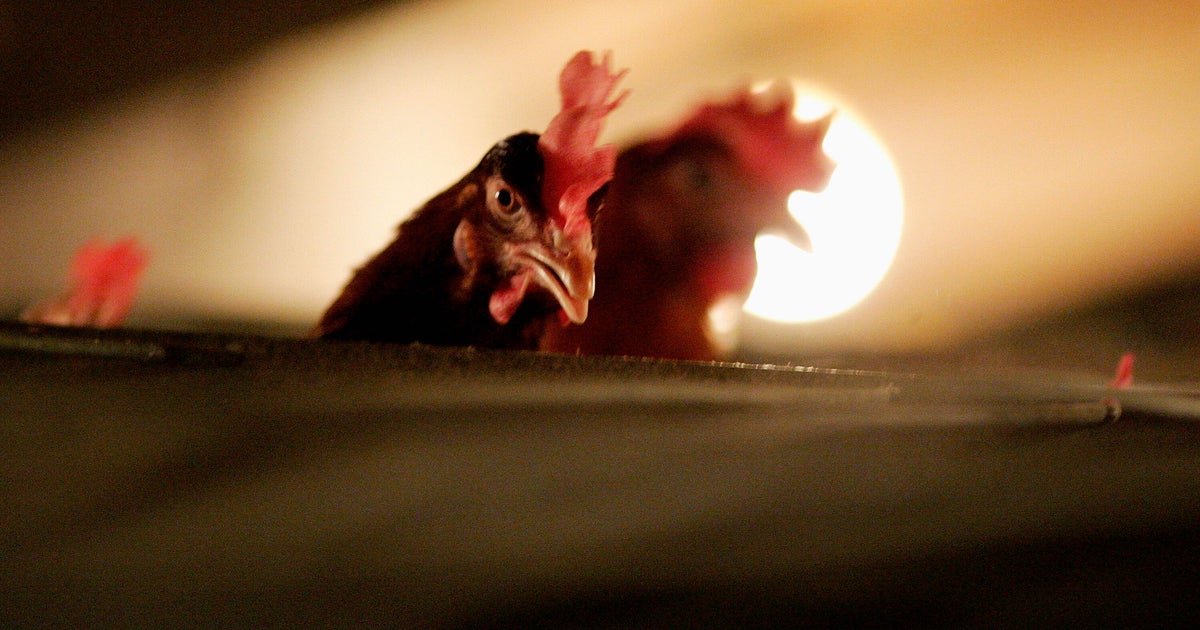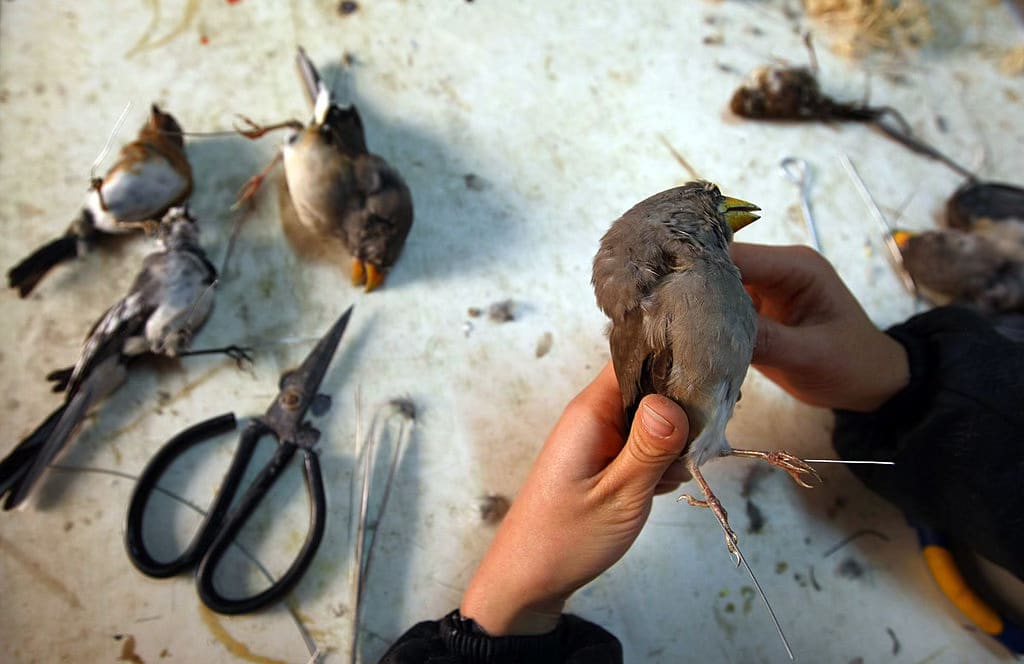A frozen bird found in Siberia is about 46,000 years old
A frozen bird was found on the ground in Siberia in 2018, but it had been there much longer than the latest snowfall. The bird is actually about 46,000 years old and was well-preserved in Siberian permafrost, scientists have determined.
Researchers from Stockholm University and the Swedish Museum of Natural History analyzed the frozen bird and determined it to be a female horned lark which roamed the Earth 44 to 49 kiloannum ago (a kiloannum is a period of a thousand years). The researchers published their findings in Communications Biology.
In the study, images of the horned lark show it still has distinct charcoal-colored feathers, despite being thousands of years old. Because carcasses like this one are extremely well preserved when frozen, "they allow for studies of morphological traits, as well as the ecology and evolution of a range of extinct and extant animal species," the researchers said.
However, most examples of this type of frozen tissues have been from large mammals, according to the study. Researchers say they have not seen any frozen bird carcasses from late Pleistocene permafrost deposits.
In a press release sent to CBS News, researcher Nicolas Dussex said the bird specimen can help scientists understand how subspecies evolve. "Not only can we identify the bird as a horned lark. The genetic analysis also suggests that the bird belonged to a population that was a joint ancestor of two subspecies of horned lark living today, one in Siberia, and one in the steppe in Mongolia," said Dussex, who is a researcher at the Department of Zoology at Stockholm University.
The research is also helping scientists learn about ecosystems back in the last Ice Age. The researchers' long-term hope is to map the complete genome of the 46,000-year-old lark and compare it with the genomes from all subspecies of horned lark.
The new Centre for Palaeogenetics at Stockholm University is helping scientists conduct this research. There, they have access to other prehistoric specimens like a 50,000-year-old cave lion cub known as Spartak, and a partially-preserved woolly mammoth. They are also working to determine if a 18,000-year-old puppy named Dogor is a wolf or a dog.







